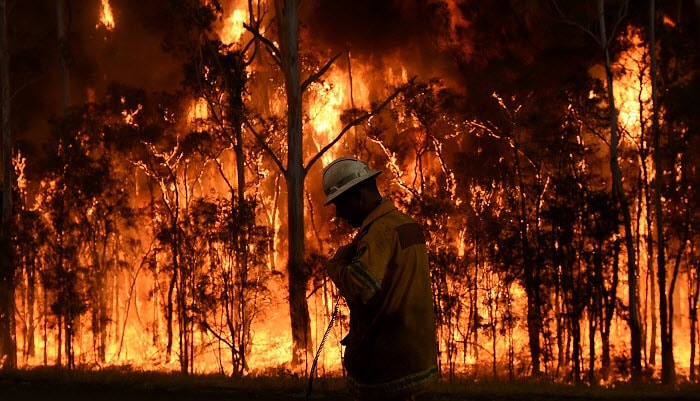From Analysis to Activity: Using Your BAL Report to Mitigate Bushfire Ris
From Analysis to Activity: Using Your BAL Report to Mitigate Bushfire Ris
Blog Article
How BAL Report Impacts Shrub Fire Security Procedures
In the realm of bush fire security, the Building Assault Degree (BAL) record stands as an important tool that substantially influences the safety and security and durability of buildings in fire-prone locations - BAL Report. The influence of a BAL assessment extends much beyond plain paperwork; it offers as the cornerstone for establishing the appropriate construction standards and fire protection actions essential to mitigate the risks posed by bushfires. As neighborhoods come to grips with increasingly severe fire periods, recognizing how the BAL report shapes these protective procedures becomes vital for home owners, builders, and policymakers alike
Recognizing the Bushfire Strike Degree

Value of BAL Record Analysis

Additionally, the BAL record analysis works as a foundational action in following legal responsibilities and demands associated with bushfire defense. Regional councils and authorities frequently mandate the submission of a BAL record as part web link of the preparation and building approval process to make sure that residential or commercial properties are sufficiently safeguarded against bushfire threats. Falling short to conduct a comprehensive BAL record assessment can result in poor defense procedures, leaving residential or commercial properties prone to ravaging bushfire incidents.
Building And Construction Criteria Based on BAL
A thorough understanding of the Bushfire Attack Degree (BAL) makes it possible for home proprietors to execute building and construction requirements tailored to their particular threat profile. Building criteria based on BAL are vital in mitigating the impact of bushfires on residential properties. The BAL ranking classifies the potential threat a property deals with during a bushfire on a range from BAL-Low to BAL-FZ (Flame Zone)
Executing Fire Security Actions
With the foundation of building criteria based on Bushfire Strike Degree important source (BAL) in place, the emphasis now moves in the direction of the practical application of fire defense actions to strengthen properties versus bushfire hazards. Easy procedures include utilizing fire-resistant building materials, mounting ash guards on vents, sealing gaps in roofing systems and walls, and maintaining a clear area around the residential property free from combustible vegetation. By integrating both passive and active methods, residential or commercial properties can significantly lower their susceptability to bushfire cases and increase the security of owners.
Shielding Homes Against Bushfires
Properly protecting homes versus the damaging impacts of bushfires requires a extensive and positive method to fire protection procedures. Additionally, securing spaces and vents to stop ash invasion, as well as including fireproof doors and windows, can assist strengthen the home's protection against bushfires. By embracing an Continue aggressive stance and integrating these protective procedures, homeowners can substantially enhance their opportunities of safeguarding their homes versus bushfires.
Verdict
In final thought, the Bushfire Attack Degree (BAL) record plays a vital function in identifying the required protection procedures versus bushfires. Applying fire defense steps based on the BAL report is important in protecting buildings from possible bushfire threats.
In assessing bushfire threat to buildings, recognizing the Bushfire Assault Level (BAL) is an important element for executing efficient protection actions. In general, a clear understanding of the Bushfire Strike Level is important for implementing adequate defense procedures and alleviating the effect of bushfires on residential or commercial properties.

Report this page